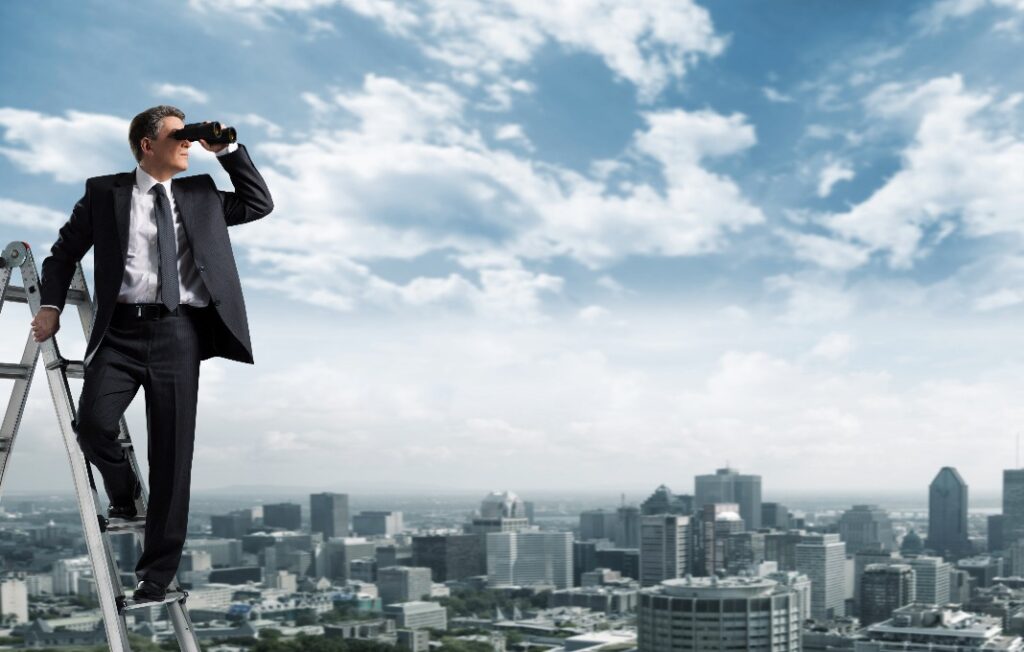The Case For Optimism In 2021

December 09, 2020
Robert B. Tucker
Leadership in the Age of Acceleration

"How can you be upbeat about a 'post-pandemic future' when there's so much pain and uncertainty right now," a colleague asked me the other day, as we were preparing for a webinar.
Valid question, I had to admit. Here it is December and things are even worse than they were in March. How can this be happening? A surge in coronavirus cases on top of a surge in coronavirus cases. People dying by the thousands. Scenes of unspeakable grief. Healthcare workers and hospital systems stressed to the brink. The economy in shambles. A defeated American president claiming with a straight face that he "won big" and refusing to concede, despite zero evidence of fraud.
But there's also cause for optimism right now if you know where to look.
The big news is that there is less uncertainty in the timeline now. This is the beginning of the end. "The United States will most likely reach an epidemiological end to the pandemic in Q3 or Q4 of 2021," McKinsey forecasts. If not sooner.
As the vaccines start inoculating millions of people, and a new team assumes leadership in Washington, consider how the mood will start to trend towards optimism. What better time than now to ponder the shape of the post-pandemic world. To take stock of what has changed because of the pandemic, and the election of a new leader. And what better time to look at how you and your organization might capitalize on these trends.
Pandemics have a way of upsetting the status quo. In the 14th century, the Bubonic Plague decimated half of Europe's population and a third of the world's. Yet when it ended, there was jubilation and dancing in the streets. A labor shortage led to the end of feudalism and centuries of unchanging drudgery for the masses. The world entered a period of unprecedented progress. Inventions such as the printing press in 1440 spurred the spread of knowledge and ideas across distances. This in turn spawned the scientific revolution, the industrial revolution, and the birth of a radical notion of self-government, democracy. In short, things got better.
The challenge now, in the midst of this winter of our discontent, is to visualize the spring. To exercise our forward-thinking capacity. To marinate in what I call "dreamer mode," and unleash your inner visionary. To focus beyond present state into "future state." To think beyond merely rebuilding and restoring (the rule of law, Paris Accords, etc.), but on the opening that COVID-19 has created to change the world for the better.
The role of the visionary in society is to inspire us to see not just what is, but what can be. Forward-thinkers help us shake up our thinking. They challenge us to aim higher. The world, and the United States, in particular, is beset with huge problems right now, including the pandemic. Many of these problems are ones we created and therefore they are not beyond our reach to solve.
Many see deep division and American democracy on the verge of collapsing under the weight of a leader intent on disruption. Others, like private equity capitalist and political activist Edward McKinley, see things in a different light.
"The last time we had this level of participation in the political process was 120 years ago," McKinley pointed out in a recent zoom call. "One of the most consequential politicians of our time produced a partisan reaction that drove people to the polls in unprecedented numbers. While many of us believe he tried to undermine the system, what he ended up doing was energizing the system."
The quickest way to energize any system is to help it dream big about the future.
Back in the '80s when I taught in the Writers Program at UCLA, I'd invite my adult students to design a day in their future. I'd have them visualize 10 years out. Describe the view over the breakfast table, I'd challenge them. What's working well? What are you doing with your life that's bringing you satisfaction? They found it refreshing, they reported because they'd never thought that way before.
Take a moment to visualize 10 years out from now, when this period will seem like a bad dream. Imagine the kind of future you want to be living in. Think about a world where the pandemic is history. Where civility is again the norm. Where progress is being made towards solving our biggest problems. Think about a different state of affairs. A different state of mind.
Imagine how you're going to be encouraged and energized by this new year 2021. Think about what you've learned about yourself as a result of living through a gic. Think about what you value now more than ever before because of its absence. Think about what you want to happen.
Such mental exercises are good therapy. They are ameliorating. They activate what I call the "endorphins of possibility." And they go a long way to creating the future you want to live in because if you can see it, you might just be able to actualize it.









